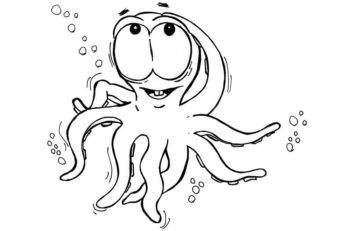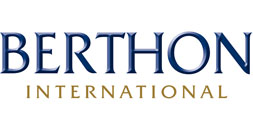Your Local Broker, Internationally
Berthon UK
(Lymington, Hampshire - UK)
Sue Grant
sue.grant@berthon.co.uk
0044 (0)1590 679 222
Berthon France
(Mandelieu La Napoule, France)
Bruno Kairet
bruno.kairet@berthonfrance.fr
0033 (0)4 93 63 66 80
Berthon Scandinavia
(Henån, Sweden)
Magnus Kullberg
magnus.kullberg@berthonscandinavia.se
0046 304 694 000
Berthon Spain
(Palma de Mallorca, Spain)
Simon Turner
simon.turner@berthoninternational.com
0034 639 701 234
Berthon USA
(Rhode Island, USA)
Jennifer Stewart
jennifer.stewart@berthonusa.com
001 401 846 8404
TECHNOLOGY IN DESIGN – MOVING THROUGH INTO THE BUILD PROCESS – we talk to Tony Castro | 2018

‘Oculus, NOT Octopus’
International yacht designer Tony Castro has been designing world class motor and sailing yachts for many years. He is versatile and has seamlessly moved from cruising, to performance sail, to motor and on to super yachts. In a fast moving world he always remains ahead of the curve.
As technology marches, we are seeing its effects in all areas, from the sales process to the way that yachts are refitted, the way that they are operated, to construction and of course design.
We asked Tony what he felt was the most significant change in recent years in yacht design.
For sure in our field the stand out change has been the development of Virtual Reality increasing our efficiency in our task of designing for manufacture. Of course it has been a real challenge to discover how best to use this technology.
What is Virtual Reality?
The definition of Virtual Reality comes, naturally, from the definitions for both ‘virtual’ and ‘reality’. The definition of ‘virtual’ is near and reality is what we see and experience as human beings. This means that the term ‘virtual reality’ could be interpreted as ‘quasi-reality’. It is also known as computer-generated simulation of a three-dimensional space that can be interacted within a seemingly real way, by a person using special 3D googles powered by a computer. Our design office has been using the OCULUS technology for a couple of years to implement this process in the design of our yachts.
What does Oculus do?
Very soon after developing the first very basic Interior layout for example, we now have the ability to “walk” through the Interior, and as we do so it feels as if we are actually inside the yacht. We can turn around, look up and down and almost “touch” the furniture. The input we get from this experience is invaluable to examine the design, the space that is available, where equipment and furniture should go, and a myriad of other details.
How does this help with the build of the yacht?
Because of our ability to be aboard the yacht in virtual reality, we can avoid costly changes on the yard floor by avoiding clashes between the structure and the interior fit out. In the old days this was a very real problem and resulted in delays to the construction process as well as added, unnecessary cost.
How does this help with the systems aboard the yacht?
When we are working on the engine room layout or the location of other equipment elsewhere, like air conditioning, fridge compressors or the like, our 3D computer modelling enables us to see the exact scale of the units within the yacht. This allows us to make a judgment about the best location of the various pieces of equipment before the technicians start to fit them. We can also look at wiring and plumbing runs for optimum efficiency. Importantly, we can also imagine the maintenance process and allow for good access which means that once in use the yacht’s systems are as reliable as possible because they are easy to get at and therefore easily serviced and maintained.
When the design is finished, do you end up with a virtual yacht?
For sure! It is rendered in the actual materials and colours, the Virtual Reality experience is really amazing. This helps us to be absolutely certain that we can go ahead and build the yacht in exactly the way she was designed. We can do this without fear that something will need to change. Any changes that are made later are of a trivial nature.
How does this affect the interaction with your design client?
This technology not only saves time, it eliminates errors and contributes to a better design. Importantly it also allows the Client to enjoy the design process and removes any anxieties that they may have in terms of the delivery of their very personal brief.
What is coming next from technological advances to aid the design process?
The next big thing is the advance in simulation technology combined with Virtual Reality that will help to test the actual way in which we use the yachts that we are designing, be it sailing or motor yachts. Again being able to do this on the drawing board – or should I say, at the computer, eliminates errors and problems later.
Do you see simulation technology as something which the design community will all use?
For sure, it’s a win-win must-have!
